1. The Founding Fathers and Slavery
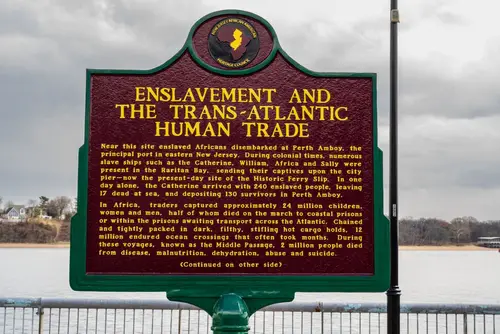
Textbooks often portray the Founding Fathers as uniformly noble champions of freedom. The reality is more complicated: many of them owned enslaved people while advocating liberty. Discussions of slavery and race were frequently downplayed or sanitized in older textbooks. This has led to generations of students getting an incomplete view of early America.
Modern scholarship emphasizes the contradictions between the ideals of liberty and the realities of slavery. Figures like Thomas Jefferson and George Washington were slave owners whose lives and choices shaped the nation. Highlighting these facts encourages critical thinking about moral complexity. It also challenges the myth of an unblemished founding era.
2. The Treatment of Native Americans
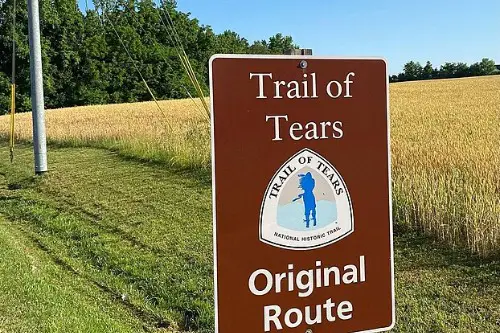
Many textbooks gloss over the violent removal of Native Americans from their lands. The Trail of Tears, for example, is sometimes described as a “relocation” rather than a forced march that killed thousands. Older texts often framed this as a benign policy rather than a tragedy. This framing can make it seem less brutal than it really was.
Contemporary histories stress the devastating human and cultural cost. Understanding the systematic oppression of Native Americans provides a clearer picture of U.S. expansion. It also contextualizes later policies like the reservation system. Recognizing this history is essential for understanding ongoing inequalities.
3. The American Revolution Wasn’t Universally Popular
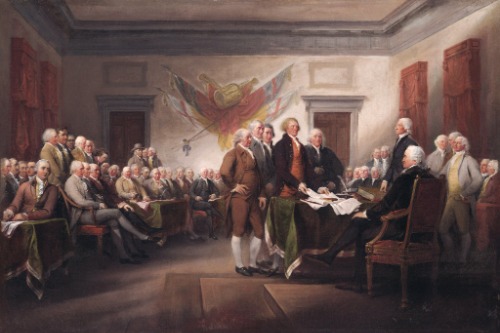
Textbooks often frame the Revolution as a unanimous fight for liberty. In reality, many colonists—known as Loyalists—remained loyal to the British crown. Some communities were divided, with neighbors and even families on opposite sides. This nuance is frequently skipped in simplified narratives.
Acknowledging dissent shows that history is rarely black-and-white. Loyalists faced confiscation of property, social ostracism, and even violence. Recognizing their existence highlights the diversity of colonial perspectives. It also complicates the story of America’s “freedom fight.”
4. Women’s Contributions Were Marginalized
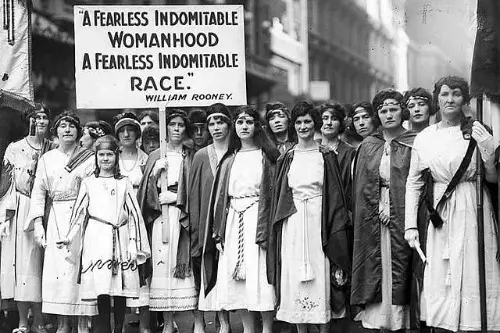
Textbooks long underplay the roles of women during major events like the Revolution and Civil War. Figures like Deborah Sampson, who disguised herself as a man to fight, or Clara Barton, founder of the Red Cross, are often footnotes. This erasure can make history feel male-dominated and monolithic. Students may assume women were passive bystanders.
Modern historians showcase women as active participants in social, political, and military spheres. Their efforts influenced outcomes and shaped public opinion. Including these stories creates a richer, more accurate narrative. It also challenges stereotypes about women’s historical roles.
5. The Civil War Is Often Framed as a States’ Rights Issue
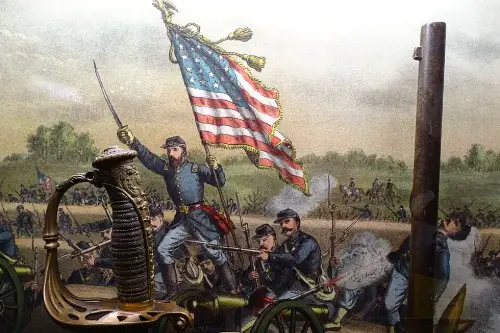
Many textbooks historically emphasize “states’ rights” as the main cause of the Civil War. While states’ rights were a factor, the preservation of slavery was the central issue. Oversimplifying the cause obscures the moral and economic realities of the conflict. This framing risks downplaying the centrality of slavery in American history.
Primary sources from the time, like secession declarations, make clear that maintaining slavery was a top priority. Understanding this helps students grasp the full stakes of the war. It also corrects misconceptions that the Civil War was mainly about abstract political principles. Accurate representation deepens comprehension of U.S. history.
6. The Japanese-American Internment
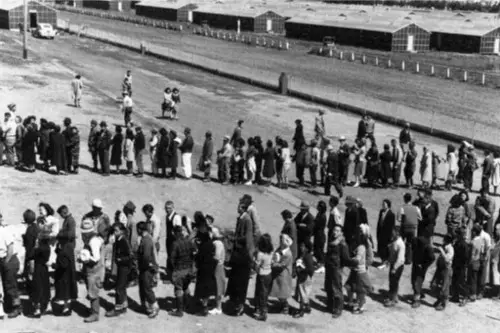
During World War II, over 120,000 Japanese Americans were forcibly relocated to internment camps. Older textbooks sometimes describe this as a “wartime precaution” without exploring the racial prejudice driving it. This glossing over can make the policy seem justified or inevitable.
Modern accounts emphasize the injustice and long-term trauma caused by internment. Families lost homes, businesses, and social standing due to government actions. Recognizing this history highlights civil liberties challenges in times of crisis. It also offers a cautionary tale about racial prejudice in policymaking.
7. Labor Movements Are Simplified or Ignored
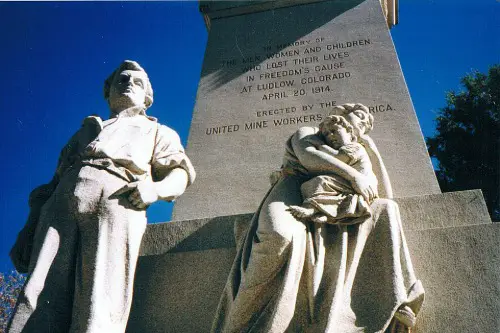
Textbooks often celebrate industrial growth while downplaying the struggles of workers. Events like the Pullman Strike or the Ludlow Massacre are sometimes reduced to footnotes. The human cost of rapid industrialization and labor suppression is largely omitted. This leaves students with an incomplete understanding of economic history.
Highlighting labor movements illuminates the fight for fair wages, safe conditions, and the right to unionize. It shows that progress often came through struggle and sacrifice. Including these stories adds depth to narratives of American success. It also encourages empathy for working-class experiences.
8. The Cold War Is Portrayed as Simplistic
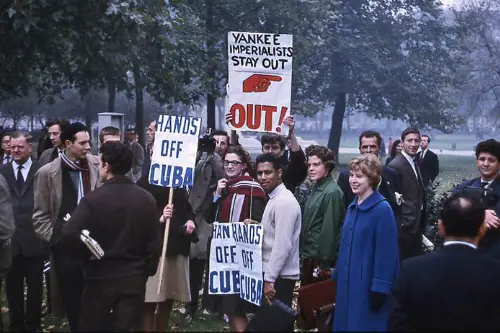
Many textbooks present the Cold War as a simple struggle between good (the U.S.) and evil (the USSR). In reality, the conflict involved complex geopolitical, economic, and ideological dimensions. Proxy wars, nuclear brinkmanship, and domestic surveillance made it far messier. Oversimplification can obscure the consequences of these policies.
Modern histories examine how both sides engaged in morally ambiguous actions. Understanding the Cuban Missile Crisis or Vietnam War requires nuance and context. Recognizing the shades of gray helps students critically assess historical narratives. It also provides insight into contemporary international relations.
9. The Civil Rights Movement as a Single Narrative

Textbooks often portray the Civil Rights Movement as a linear story with iconic leaders like Martin Luther King Jr. leading all progress. In reality, it involved countless grassroots activists, regional differences, and internal conflicts. Ignoring this complexity simplifies a deeply multifaceted struggle. Students may miss the broader social movements and local efforts that drove change.
Incorporating a wider range of activists and events provides a richer historical picture. Groups like the Student Nonviolent Coordinating Committee (SNCC) and figures like Fannie Lou Hamer played crucial roles. Highlighting local efforts emphasizes collective action. It also honors the many voices that shaped the fight for equality.
10. The Vietnam War Is Often Sanitized

Textbooks sometimes depict the Vietnam War as a distant or abstract conflict. The realities of combat, civilian casualties, and anti-war protests are frequently minimized. Students may not grasp the deep national divisions and trauma caused by the war. Simplified narratives can obscure lessons about military intervention and civic dissent.
Modern accounts emphasize the controversial nature of U.S. involvement. Examining draft resistance, media coverage, and the My Lai Massacre provides a fuller understanding. It also highlights the complexity of foreign policy decisions. This approach fosters critical thinking about war and government accountability.
11. The Space Race Is Framed as Purely American Triumph
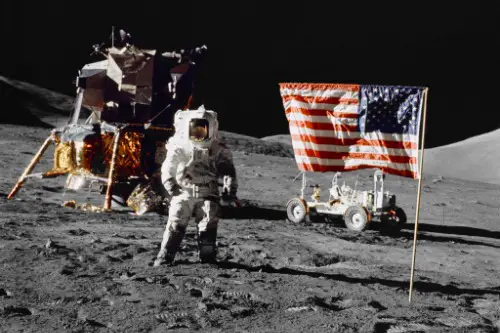
Textbooks often celebrate U.S. achievements in space without acknowledging the competitive context with the USSR. The narrative can ignore the global stakes and Soviet accomplishments. Simplifying it into a patriotic success story masks the scientific, political, and human dimensions. Students may miss the broader context of Cold War rivalry.
Acknowledging both sides provides a more accurate view of technological and cultural developments. The space race involved innovation, espionage, and enormous risk. Recognizing the Soviet role emphasizes collaboration and competition in science. It also encourages appreciation for the international dimensions of technological achievement.
12. Immigration History Is Often Romanticized
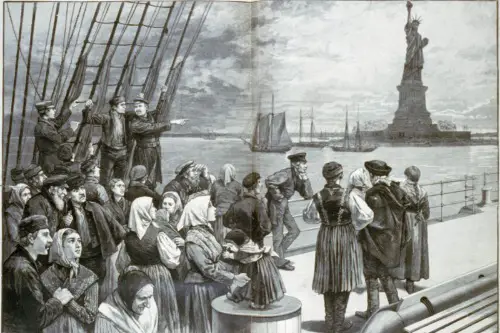
Textbooks sometimes present immigration as a straightforward story of opportunity and assimilation. The harsh realities—discrimination, labor exploitation, and restrictive laws—are frequently downplayed. This can create a misleadingly rosy narrative of the American immigrant experience. Students may not understand the systemic challenges newcomers faced.
Highlighting the struggles of groups like Chinese laborers, Irish immigrants, and Eastern Europeans provides a more nuanced view. Policies like the Chinese Exclusion Act and quota systems shaped lives dramatically. Understanding these complexities adds depth to discussions of American identity. It also frames immigration as an ongoing, contested aspect of national history.
13. The American Empire and Overseas Expansion
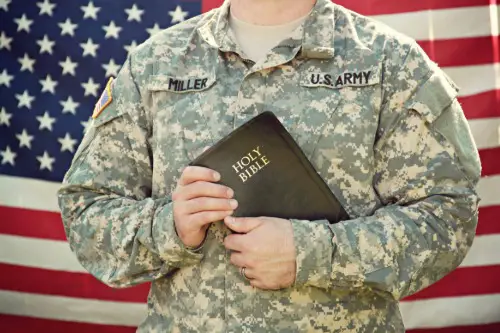
Textbooks often frame America’s overseas expansion as a noble mission of progress and democracy. The annexation of Hawaii, the Spanish-American War, and the Philippine-American War are usually summarized as humanitarian efforts. In reality, these were acts of imperial ambition driven by economics and global influence. Sanitized versions omit the violence, resistance, and racism that accompanied this expansion.
Modern historians present a more complex picture of America’s emergence as a global power. The Philippine conflict alone cost hundreds of thousands of lives, revealing the hypocrisy of “liberation” rhetoric. Understanding this helps students see empire-building as a deliberate, often exploitative process. It reframes American history within a global context of conquest and control.
14. The Great Depression and Government Response
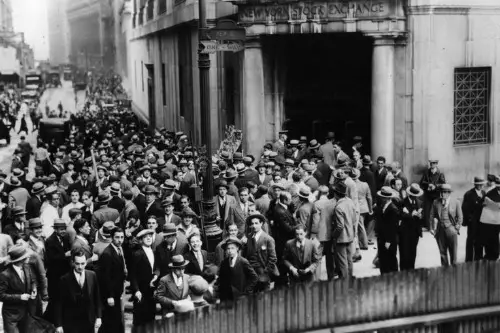
Many textbooks portray the Great Depression as a straightforward economic crisis solved by the New Deal. This simplification hides the deep suffering, labor unrest, and policy failures that shaped the era. The narrative often centers on Franklin D. Roosevelt’s leadership while downplaying grassroots activism. As a result, the complexity of recovery and reform is lost.
In truth, the New Deal was a series of contested policies influenced by protest movements, unions, and shifting public demands. Millions remained unemployed despite reforms, and racial inequalities persisted. Recognizing these nuances shows that progress was uneven and incomplete. It also helps students grasp how social pressure drives political change.
15. The Atomic Bomb and Its Aftermath
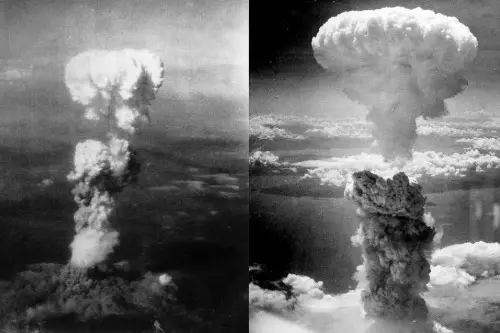
Textbooks frequently justify the atomic bombings of Hiroshima and Nagasaki as necessary to end World War II. This framing often omits the ethical debates, civilian casualties, and long-term radiation effects. The decision is treated as a purely strategic move rather than a moral crossroads. Such simplification conceals the human cost of nuclear warfare.
Modern interpretations emphasize the humanitarian devastation and political motives behind the bombings. Some historians argue the act was also meant to intimidate the Soviet Union, not just Japan. Including these perspectives forces a reckoning with the consequences of technological power. It reminds readers that military victories often come at immense moral expense.
16. The Red Scare and McCarthyism
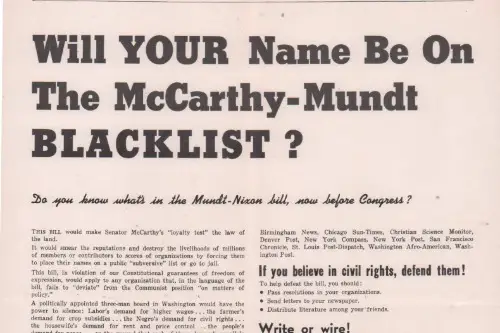
Older textbooks tend to compress the Red Scare into a short chapter about Cold War paranoia. They mention Joseph McCarthy’s name but rarely explore the widespread fear and suppression that defined the era. Citizens were blacklisted, careers destroyed, and dissent silenced under the guise of patriotism. This omission downplays how fragile civil liberties became during the 1950s.
Recent analyses expose how anti-communist hysteria reshaped culture, education, and media. Teachers, artists, and writers were targeted simply for suspected associations. Understanding this period reveals how fear can erode democratic values. It also highlights the importance of protecting freedom of thought during political crises.
17. The War on Drugs and Mass Incarceration
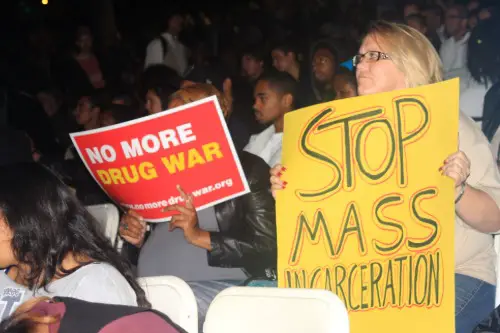
Many textbooks summarize the War on Drugs as a law-and-order initiative against crime. They often fail to discuss its racially biased enforcement and devastating impact on communities of color. The policy is presented as a necessary social safeguard rather than a political weapon. This erasure hides how legislation fueled decades of inequality.
Contemporary scholarship exposes the racial and economic dimensions of the drug war. Harsh sentencing laws disproportionately targeted Black and Latino populations, fracturing families and communities. Recognizing this truth reframes the policy as a moral and social failure. It also underscores how public policy can perpetuate systemic injustice.
18. The AIDS Crisis and Government Inaction

In many textbooks, the AIDS epidemic is mentioned briefly or framed as a medical event rather than a social one. The immense stigma, fear, and government neglect that worsened the crisis are rarely discussed. This omission sanitizes one of the most tragic public health failures in modern history. It also erases the courage of those who fought for recognition and care.
Modern accounts highlight the activism of groups like ACT UP, which pressured institutions to act amid widespread apathy. The movement exposed how prejudice shaped public health responses. Including these stories transforms the crisis from tragedy to testament of resilience. It also teaches students about the intersection of politics, fear, and human rights.
19. The War on Terror and Civil Liberties
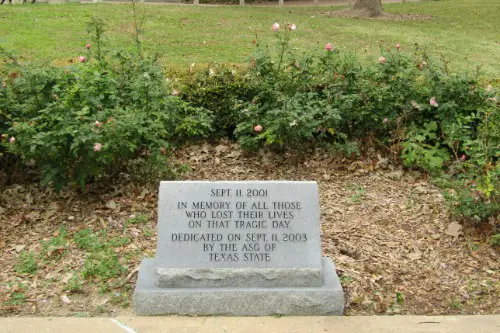
Textbooks often describe the War on Terror as a justified response to the attacks of September 11, 2001. They tend to highlight military campaigns abroad while downplaying the erosion of privacy and rights at home. The Patriot Act, surveillance programs, and racial profiling are mentioned only briefly. This creates a one-dimensional story of security triumphs over moral costs.
A more complete history examines the long-term consequences of perpetual warfare and domestic fear. Civil liberties were curtailed, and Muslim and Arab Americans faced widespread discrimination. Acknowledging these effects fosters critical understanding of post-9/11 America. It reminds readers that even justified fears can lead to lasting injustice.
This post 19 Historic Events Textbooks Cleaned Up Beyond Recognition was first published on American Charm.


